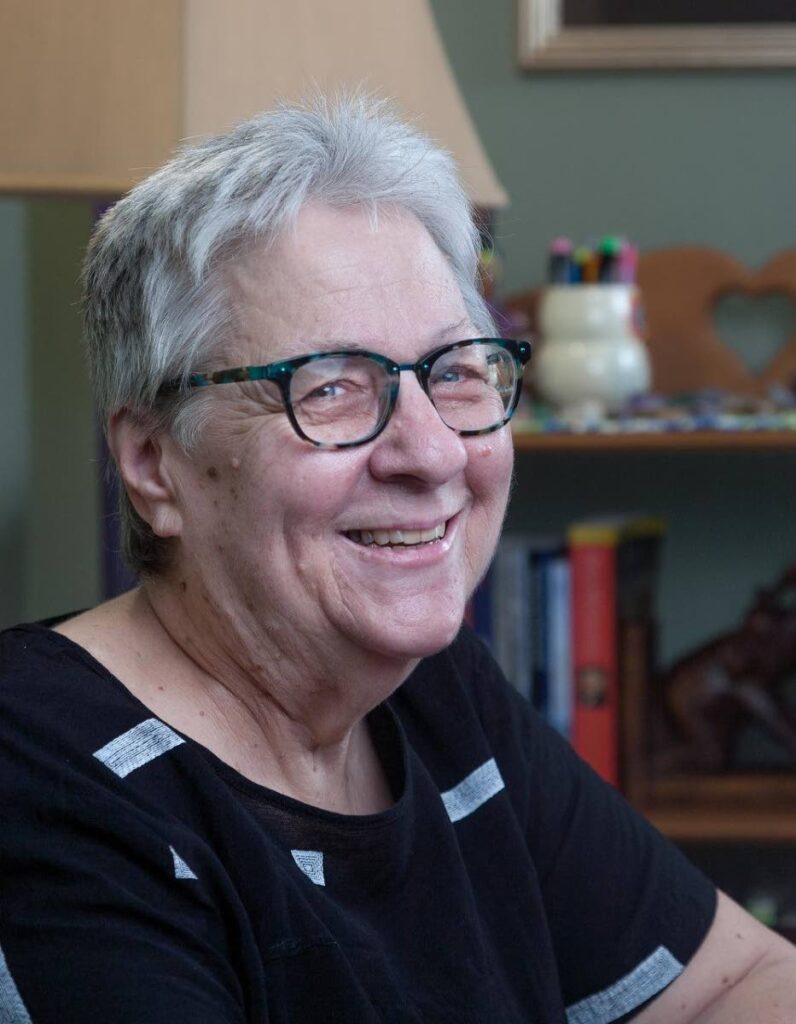Pan and Kwame Ture: Symbols of resistance

Debbie Jacob
PRIME MINISTER Rowley’s proposal to remove the three ships representing explorer Christopher Columbus from the national coat of arms and replace them with pan fascinates me as does all the hoopla about statues, which countries periodically decide to tear down.
We recognise that creations like a coat of arms and statues are important and symbolic, and have learned their symbolism can change over time. Symbolism is always a matter of cultural and historical perspective.
Any symbolic images attached to Columbus can go. He represents the roots of genocide, colonialism, slavery and indentureship. It’s hard to find a redeeming quality for the man who sold Queen Isabella on the idea of his voyages based on the maps he stole from his mapmaker brother. In his day, Columbus was the equivalent of scheming, inside stock market trader in this modern technological world.
He also fooled himself into thinking he had discovered Cipango (Japan) and tried to sell that idea to Isabella too.
We can tear down his statue, but we can’t forget his infamous legacy. We have to think carefully about images to counter Columbus – images that symbolise generations of immigrants far removed from the distasteful side of history: images that capture the essence of being Trinidadian and Tobagonian. How do we honour or at least recognise post-colonial immigrant arrival and separate it from the horrors of history?
The Government has scheduled a public discussion of our statues – particularly the Columbus statue – so this seems like the perfect time, once again, to advocate for a statue of Kwame Ture (Trinidad-born Stokely Carmichael). He made an immeasurable contribution to the US civil rights movement, first as the president of the Student Nonviolent Coordinating Committee – SNCC (pronounced snick).
Carmichael’s work registering black voters in the deep south and his civil rights work is important. The US recognises his importance along with Martin Luther King and Malcolm X.
Late prime minister Eric Williams banned Carmichael from visiting Trinidad. His political ideology, which Williams feared, called for equality and equal rights for everyone – regardless of race.
If we’re erasing symbolic references to Columbus on the coat of arms and replacing them with pan, then we should replace the statue of Columbus with a statue of Ture. Pan and Ture both represent resistance and independence – opposites of colonialism.
We have no symbolic public recognition of Ture – the only political activist in that famous civil rights trio who was not assassinated. His post-civil rights life in Ghana and his work in the Pan-African movement symbolised reinvention. Like pan, Carmichael evolved from being a symbol of resistance to a worldwide, recognised symbol of inclusion renamed Ture.
There's no plaque or a street sign marking where Ture's childhood home stood. I believe it was torn down to build government housing on Charlotte Street. We have no space symbolising his humble beginning on this island. We can only imagine it. After everything he accomplished, our silence and lack of tangible recognition feel like shame and unconquered fear of individuality.
Symbolically speaking, we have succeeded in burying the political, social and cultural legacy of a Trinidadian who changed the course of US, Canadian and West Indian culture and history. That is a travesty of justice. We look silly, uninformed – even petty – in not recognising Ture’s accomplishments and transformation.
It’s good to re-evaluate the symbols that defined certain historical periods and own up to the mistakes made because we lacked the historical information, social awareness and cultural sensitivity to make the right decision when we designed the coat of arms.
But we also need to have the courage to replace those images with people or objects that make bold new statements about where we are at this juncture in our history. We need to examine how the replacements we choose rectify historical atrocities and empower us.
Pan is a perfect replacement symbol. It’s bold, creative, culturally identifiable and far-reaching in its symbolic appeal. The statement pan makes on a coat of arms is this: you thought you conquered us, but you never owned our imaginations, collective presence and determination. We found a way to be inventive. The same goes for Ture.
Yes, Columbus has to go. He doesn’t capture our essence or strength, like pan and Ture do. We should be open-minded and bold enough to recognise the key to negating our colonial legacy is to honour our legacy of resistance. That brings two images to mind: pan and Ture.

Comments
"Pan and Kwame Ture: Symbols of resistance"